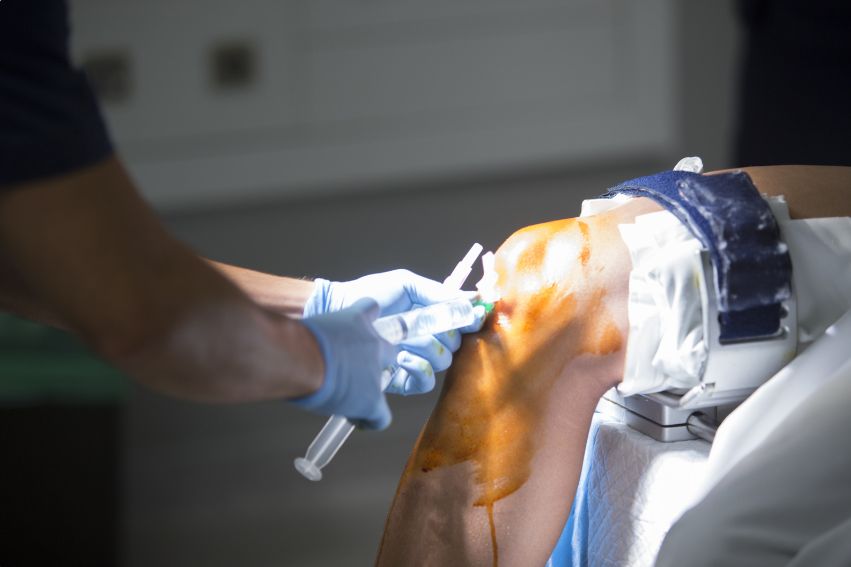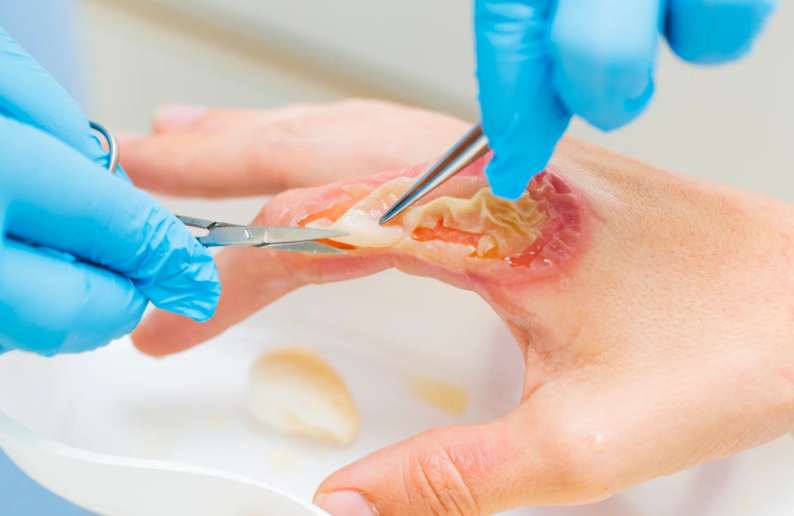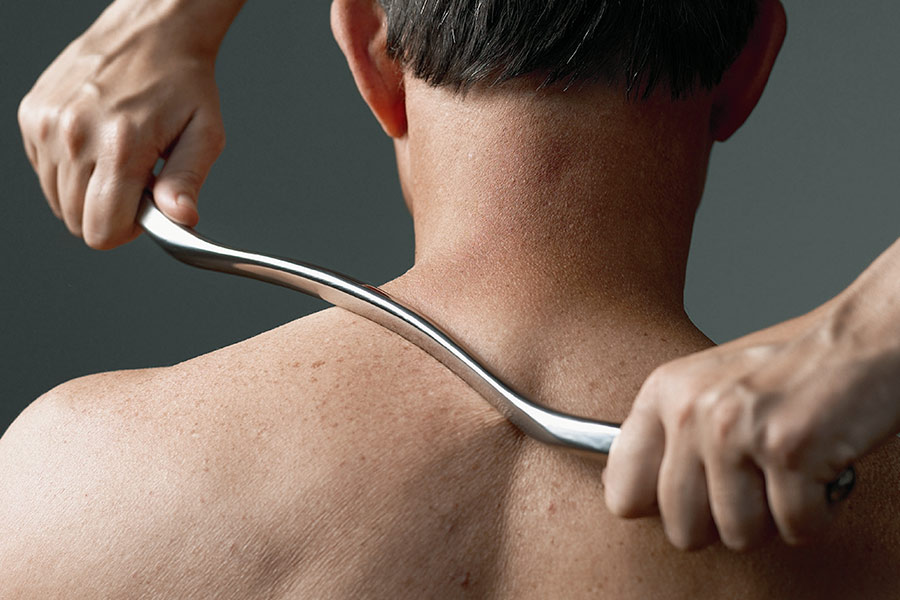The patellar tendon, crucial for knee movement and stability, can suffer injuries that significantly impact daily life. Understanding the importance of knee surgery in restoring strength and function is essential for those experiencing patellar tendon issues.
What is Patellar Tendon Injury?
The patellar tendon, connecting the kneecap (patella) to the shinbone (tibia), plays a vital role in knee extension during activities like walking and jumping. Knee surgery becomes necessary when this tendon becomes strained or torn due to sports injuries, overuse, or sudden trauma, leading to pain and limited mobility.
Symptoms of Patellar Tendon Injury
Typically, patellar tendon injuries manifest with localized pain just below the kneecap, worsened by activities like running or jumping. Swelling around the knee and a noticeable decrease in strength when bending or extending the knee are common symptoms prompting consideration of knee surgery.
Diagnosis and Assessment
When experiencing persistent knee pain or discomfort, a thorough physical examination by a healthcare professional is crucial. Diagnostic tools such as MRI or ultrasound may be employed to assess the extent of the injury and determine whether knee surgery is necessary to repair the tendon.
Treatment Options
Initial treatment for patellar tendon injuries often involves rest, ice, and physical therapy to strengthen surrounding muscles and improve knee stability. However, in severe cases where conservative methods fail to alleviate symptoms, knee surgery may be recommended to repair the damaged tendon and restore normal knee function.
Rehabilitation and Recovery
Following knee surgery for patellar tendon repair, rehabilitation is paramount to regain strength and flexibility. Physical therapy programs are tailored to each patient’s needs, focusing on gradually increasing mobility and strength through targeted exercises and stretching routines designed to support the healing process.
Benefits of Patellar Tendon Repair
The primary goal of knee surgery for patellar tendon repair is to restore knee function and alleviate pain, enabling individuals to return to their usual activities with improved mobility and reduced discomfort. By addressing the root cause of the injury, knee surgery helps prevent long-term complications and supports a full recovery.
Takeaway
Understanding the role of knee surgery in treating patellar tendon injuries is crucial for anyone experiencing knee pain or mobility issues. Seeking timely medical evaluation and considering knee surgery as a treatment option can significantly improve outcomes and quality of life.











